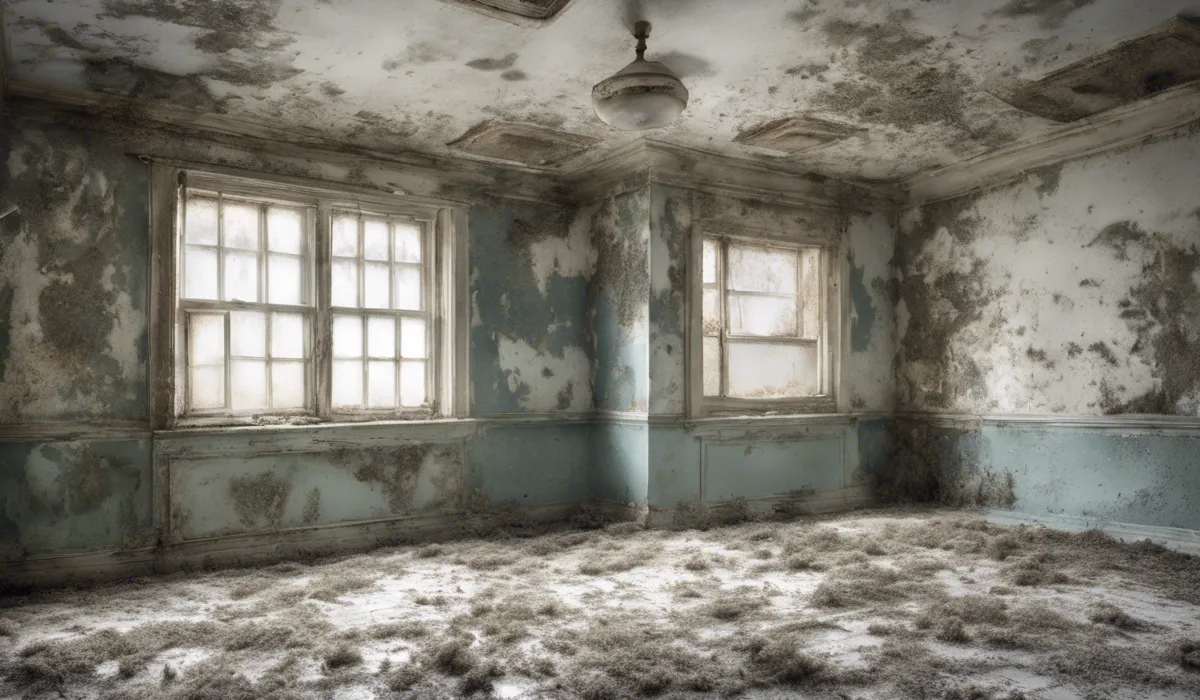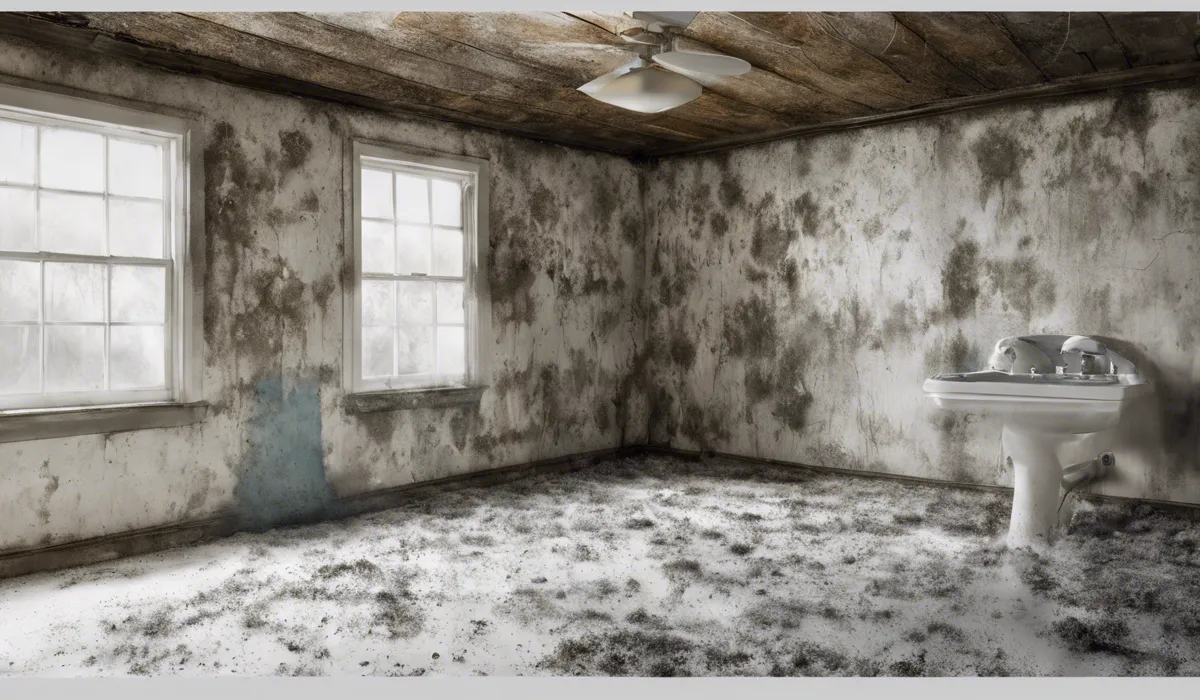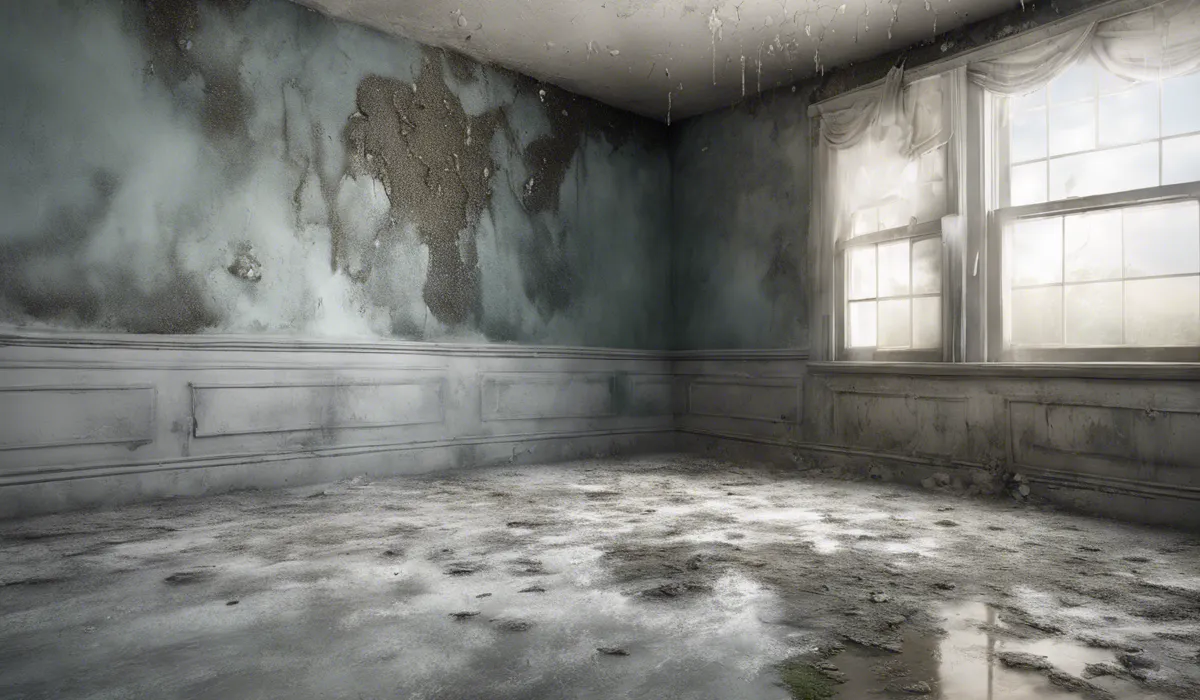To prevent mold return, maintain low humidity (below 50%) with dehumidifiers, ensure good ventilation, fix leaks promptly, and clean regularly with mold-inhibiting products.
Mold Causes and Common Locations

What Is Mold and How Does It Grow?
Mold is a type of fungus that thrives in moist environments. It reproduces through tiny spores that travel through the air.
For mold to grow, it requires a combination of moisture, a food source such as wood or drywall, warmth, and darkness. Mold can begin to grow within 24 to 48 hours under the right conditions.
Common Causes of Mold in Homes
Mold commonly appears in homes due to excess moisture. This moisture can come from various sources such as leaking pipes, flooding, condensation, and high humidity.
Poor ventilation can also contribute to the buildup of moisture, creating an ideal environment for mold to flourish.
Typical Locations Where Mold Is Found
Mold is often discovered in areas prone to moisture such as bathrooms, kitchens, basements, and around windows.
It can hide in less visible spots like under carpets, inside walls, or above ceiling tiles, making it more challenging to detect.
Health Risks Associated With Mold Exposure
Exposure to mold can lead to a variety of health issues, especially for those with allergies, asthma, or compromised immune systems.
Symptoms can include coughing, sneezing, throat irritation, and in severe cases, respiratory infections or allergic reactions.
Preventative Measures to Mitigate Mold Growth

Controlling Humidity Levels
Keeping indoor humidity levels below 50% is crucial in preventing mold growth. Use dehumidifiers and air conditioners to maintain a dry environment, especially during hot and humid weather.
Proper Ventilation Strategies
Ensure that areas with high moisture, like bathrooms and kitchens, have adequate ventilation.
Exhaust fans can help remove moisture from these areas, preventing it from settling on surfaces.
Reducing Moisture Throughout the Home
Fix leaks promptly to avoid water accumulation. Use moisture barriers in crawl spaces and ensure that the ground slopes away from your home’s foundation to prevent water from seeping in.
Regular Cleaning and Maintenance
Clean your home regularly with mold-inhibiting products. Pay special attention to bathrooms and other wet areas.
Replace items like shower curtains and bathmats periodically to prevent mold buildup.
Choosing Mold-Resistant Materials
When renovating or building, select mold-resistant drywall, paints, and other materials. These products are specially designed to resist moisture and can be particularly useful in damp areas of the home.
Effective Cleaning and Remediation Techniques

When to Call Professionals?
If the mold covers a small area, you may be able to clean it yourself using the right techniques and safety measures.
However, if the mold is widespread or caused by contaminated water, it’s best to call professional remediators.
Safe Mold Cleaning Solutions
For non-porous surfaces, a mixture of water and detergent can be effective. For more stubborn mold, a solution of water and bleach may be necessary, but it should be used with caution and proper ventilation.
Step-by-Step Cleaning Guide
Begin by wearing protective gear such as gloves and a mask. Contain the area to prevent spores from spreading. Clean the mold off the surfaces and then thoroughly dry the area. Dispose of any materials that cannot be cleaned.
Long-Term Prevention After Remediation
After remediation, it’s important to address the underlying moisture problem that led to mold growth.
Continue to monitor humidity levels, ensure good ventilation, and keep the area clean to prevent mold from returning.
FAQs About Preventing Mold Return
How can I maintain an indoor environment that prevents mold from coming back?
To maintain an indoor environment that prevents mold, keep the humidity level below 50% using dehumidifiers, ensure that your living spaces are well-ventilated, and address any water leaks promptly.
What is the ideal humidity level to prevent mold growth in my home?
The ideal humidity level to prevent mold growth is below 50%.
How does proper ventilation prevent mold from returning?
Proper ventilation helps to reduce moisture accumulation, which is a key factor in mold growth, by allowing air to circulate and reducing dampness in prone areas.
What should I do if I find a leak in my home to prevent mold?
If you find a leak in your home, repair it promptly to prevent moisture from accumulating and creating an environment where mold can grow.
Can regular cleaning prevent mold from coming back? If so, what products should I use?
Yes, regular cleaning can help prevent mold from coming back. Use mold-inhibiting products like those containing bleach or vinegar to effectively clean mold-prone areas.
Final Thoughts
Maintaining a dry environment is paramount in preventing mold recurrence.
Keep indoor humidity under 50% using dehumidifiers, ensure rooms are well-ventilated, swiftly address any water leaks, and incorporate the use of mold-preventive cleaning agents during regular cleanups to sustain a mold-resistant atmosphere.
